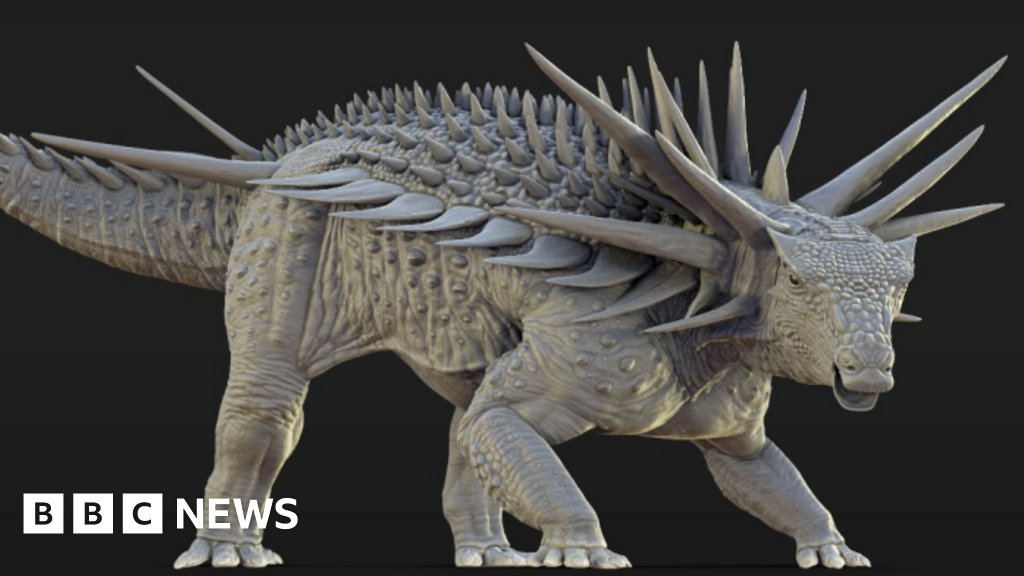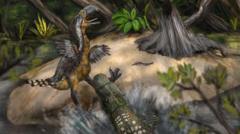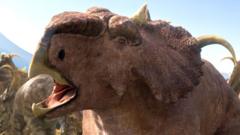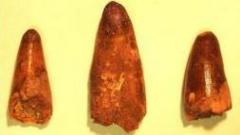Scientists have unveiled a new species of dinosaur from a Mongolian museum that may fundamentally change the understanding of tyrannosaur evolution. This remarkable discovery centers on two 86 million-year-old skeletons identified as Khankhuuluu (pronounced khan-KOO-loo) mongoliensis, dubbed the "Dragon Prince of Mongolia." According to researchers, this species is now regarded as the closest known ancestor to the famed T.rex and its relatives.
Published in the journal Nature, this finding provides crucial insights into the evolution of tyrannosaurs, a group of large carnivorous dinosaurs that dominated North America and Asia until the extinction event that ended the reign of dinosaurs. Professor Darla Zelenitsky, a paleontologist at the University of Calgary, emphasizes the significance of the name "Prince," indicating that Khankhuuluu was a smaller, early relative of the feared tyrannosaurs.
Initially, the first tyrannosauroids were diminutive and nimble predators that thrived alongside larger apex species. Research team leader PhD student Jared Voris noted that the transition represented by Khankhuuluu marks a substantial evolutionary leap from these earlier small hunters to the mighty giants of subsequent eras, including T.rex which could weigh up to eight times as much.
In describing the physical characteristics of the new species, Professor Zelenitsky highlighted the unique skull anatomy that points to early stages in the evolution of the tyrannosaurs’ powerful jaws, which were essential for subduing larger prey. Voris detailed how distinctive features found in Khankhuuluu's nasal bones ultimately contributed to the extraordinary bite forces seen in later species.
These two skeletal remains, initially discovered in Mongolia during the 1970s, were classified under a different species known as Alectrosaurus. However, Voris's re-evaluation revealed definitive tyrannosaur-like attributes that warranted a new classification. The changing environment, where these dinosaurs traversed land bridges between North America and Asia, played a crucial role in facilitating the evolution of diverse tyrannosaur groups over millions of years.
In summary, this discovery sheds light on the evolutionary journey of the tyrannosaurs, illustrating that these predators had humble beginnings before ascending to the apex of their ecosystems as formidable hunters. As Professor Zelenitsky succinctly stated, “This discovery shows us that, before tyrannosaurs became the kings, they were princes.”














